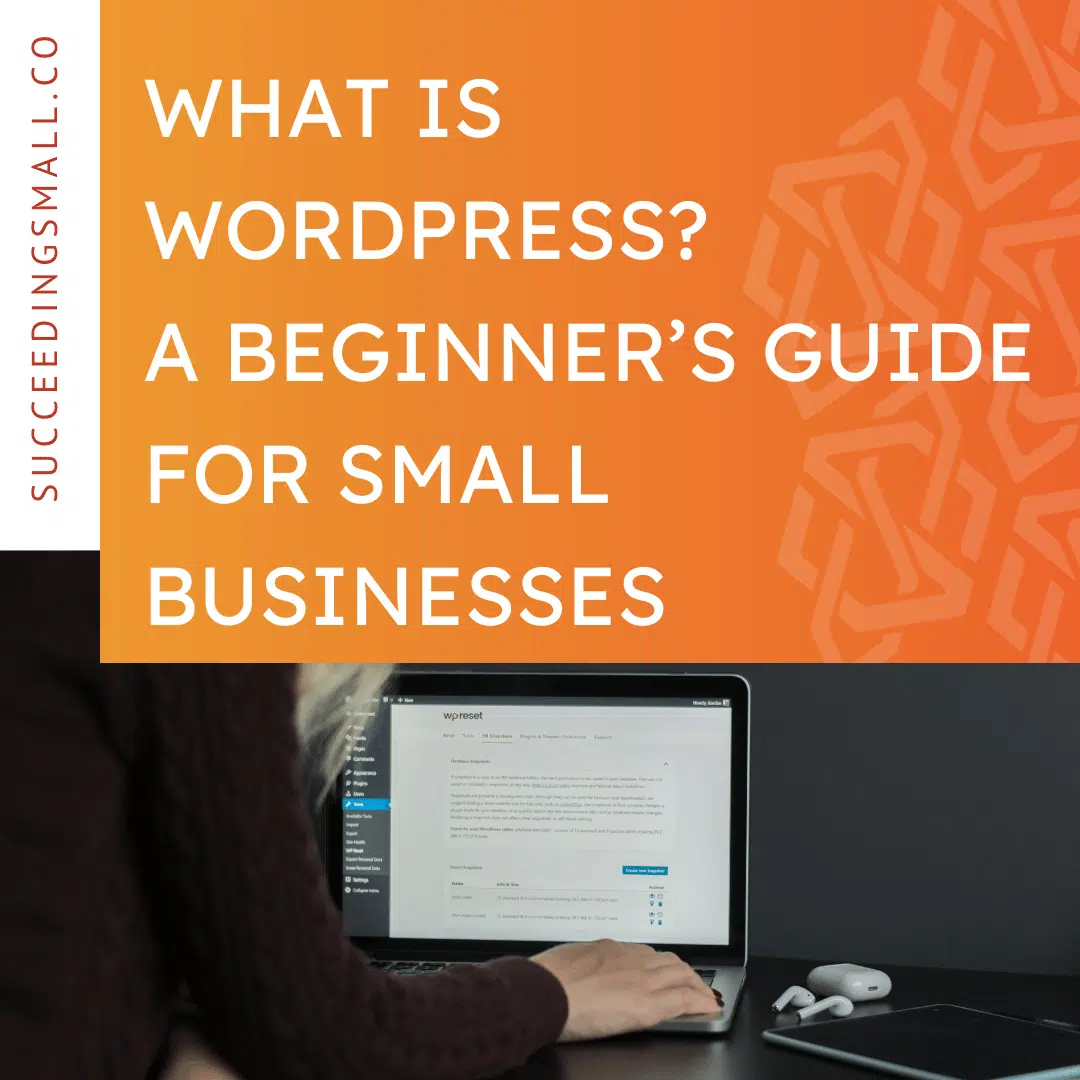As a premier provider of search engine optimization to small businesses across the states, we have developed a deep understanding of SEO and its evolution over the past decade. In the former world of SEO, search engines ranked sites using a very small list of factors. The main factors they recognized were keywords.
This allowed a website owner to simply add keywords that were relevant to their business and to the searcher, and the search engine would connect them. Unfortunately, this provided an opportunity for untrustworthy sites to “keyword stuff” their website and rank higher on the search engine results page.
Fast forward to today, and Google is the powerhouse search engine. According to a study conducted by Statista, Google controls over 92 percent of the global search engine market as of February 2021. This makes Google the dominant search engine in the world that provides answers to millions of questions each day.
At Succeeding Small, we know how tough it is to break through the competition and get the visibility that you deserve as a small business. However, we have developed a capable team of experts who are dedicated to and motivated to assist your small business in succeeding. To do so, we will use the following 5 pillars of SEO designed to help small businesses succeed in the 21st-century digital world.
(Note: These pillars are not in order based on importance, as they all are vital to the success of any digital marketing strategy.)
The 5 Pillars of Modern SEO
1. Content
Content is one of the most vital aspects of SEO. It is essential to building your brand and allowing your users to recognize you as a trusted authority. Without content, there is no SEO. Your content will inform your users of what you do, how you have been successful in doing it in the past, and who has benefited from it.
An easy way to understand this is that your website is the aesthetically pleasing package that initially attracts consumers, but the content is what makes them stay. As they read through your site they will get a feeling of your business’s ability to complete your service at a high level while also providing them information on why they need it. You can think of your content as an authentic online sales force that wants to assist its consumers in achieving their goals through your service.
For example, if you are a cleaning company that wants to attract commercial customers or business owners, you would develop content that informs and assists them. You would have a page that provides cleaning resources to business owners.
You would have many long-form pieces of content that answer targeted questions that are common within that industry. Essentially, you would help them in any way possible while also offering your services to them. This is how we use digital marketing to assist our consumers in achieving their goals, wants, or needs.
Pro Tip: Don’t just optimize your content on your website, think of your customer’s entire experience and optimize the content they interact with along the way!
2. Citations
While citations are not as high level as content, they are also essential to show Google that you are an authority in your space. Citations and listings allow Google to see your content in more than just your website and social media accounts. These listings are also a great area for consumers to find you and your business information.
Pro Tip: Obtain business listings and citations that are specific to your industry.
3. Site Health
As you build your website and optimize it for SEO, it is important to consider its health. This is something Google watches carefully. If your site’s health is poor, it can also negatively affect your user’s experience, causing them to find another site to answer their question. Here are a few of the things that can affect your overall site health:
- Mobile Optimization
- Speed
- Html Errors
- Tags
- H-Tags
- Meta Descriptions
- Title Tags
- User Experience
- Shema Markup
So, for example, if your website is slow and not mobile optimized, then when a user visits your site they may leave because their query was not answered quickly enough. Google tracks this and knows how many users are unhappy with your site. Additionally, when the Google bot crawls your site, it will check for all of these things and use this information to rank your site.
4. Reviews
Reviews are not just for consumers to evaluate your services, they also help Google determine if you are a trustworthy company and if you are actually serving real people. As Google crawls your listings on Yelp and GMB, they will read through your reviews to gauge what the statement is. If it is obvious that the majority of your consumers are unhappy with your service, Google will know that you are not the best choice for their users.
For example, if a carpet cleaner has many negative reviews saying their staff was unprofessional and ruined the carpet. Google will use this as a sign that the carpet cleaning company is not an expert, and they will then rank them below other carpet cleaners they consider experts.
Pro Tip: Send reviews to all of your former customers and if they are not satisfied, use it as a learning opportunity. Provide them with additional assistance and improve your service or processes.
5. Backlinks
High-quality backlinks are the final pillar of SEO that allows Google and your users to see that you are an expert in your field. Backlinks are links to your website from another website.
For example, if I want to promote my cleaning company and I had an article detailing what chemicals are harmful to dogs, I could reach out to local veterinarians or dog-loving bloggers. I could request them to link to my article. This is mutually beneficial because it provides its users with the information, while also showing Google that, as an experienced professional, I know what chemicals could be potentially harmful to dogs.
Pro Tip: Use the already existing amazing content that you created earlier to help others in your community while building your backlink portfolio.
Using the 5 Pillars of SEO to Prove EAT
Google reveals very little of how they rank websites, so when they do, it is important to pay attention. One of the ways we know they rank sites is through Google’s EAT, which stands for expertise, authority, and trust. All 5 of the pillars of SEO abide by Google’s EAT to develop these three things.
Utilizing The 5 Pillars of SEO for Your Small Business
At Succeeding Small, we can bridge the gap between the complex world of SEO and the busy world of owning and operating a small business. By providing SEO, web design, and content development services, we can help you thrive as a business and rank higher on Google.
Our team is passionate about growing small businesses and wants to assist you in gaining the visibility you deserve. If you are in search of a team of dedicated and professional digital marketing experts, call or contact us today.
For a quick, 20-minute explanation of SEO for small businesses click here.











